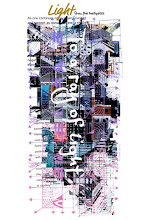Bamboo serves as the fundamental material for furniture used within residences, but it's also supplemented by mycelium. Mycelium refers to extremely fine, thread-like cells that appear white and form the body of fungi, such as mushrooms. Instead of seeds, these fungi emit spores, which germinate and spread, forming mycelium. One commonly used mushroom for its rapid mycelium growth is the oyster mushroom.
When dried, mycelium becomes incredibly rigid. Utilizing this characteristic, furniture is crafted through the following process: Bamboo chips, sawdust, straw, rice bran, or other materials are mixed with mycelium and sterilized under high-pressure steam in a pressure cooker for about 1 hour and 30 minutes. This blend is then placed into molds and left for 2 weeks to 1 month, during which time the entire mass becomes enveloped in mycelium, turning completely white. Heating this at 80 degrees Celsius for 45 minutes kills the mycelium, causing it to dry and solidify, forming items such as desks or chairs.
An example of mycelium brick.
Once solidified, sawdust and other materials adhere to form mycelium bricks. These bricks are quite lightweight and reasonably sturdy but can be cut using tools like a cutter. However, in this state, they are susceptible to water. Initially, they float in water, but after soaking for a week, they absorb water and sink. Therefore, waterproofing is necessary.
Moreover, from thinly sliced portions of the white surface of mycelium bricks, mycelium leather can be crafted, and it's already being commercialized as clothing and footwear. This, too, requires waterproofing.







0 コメント